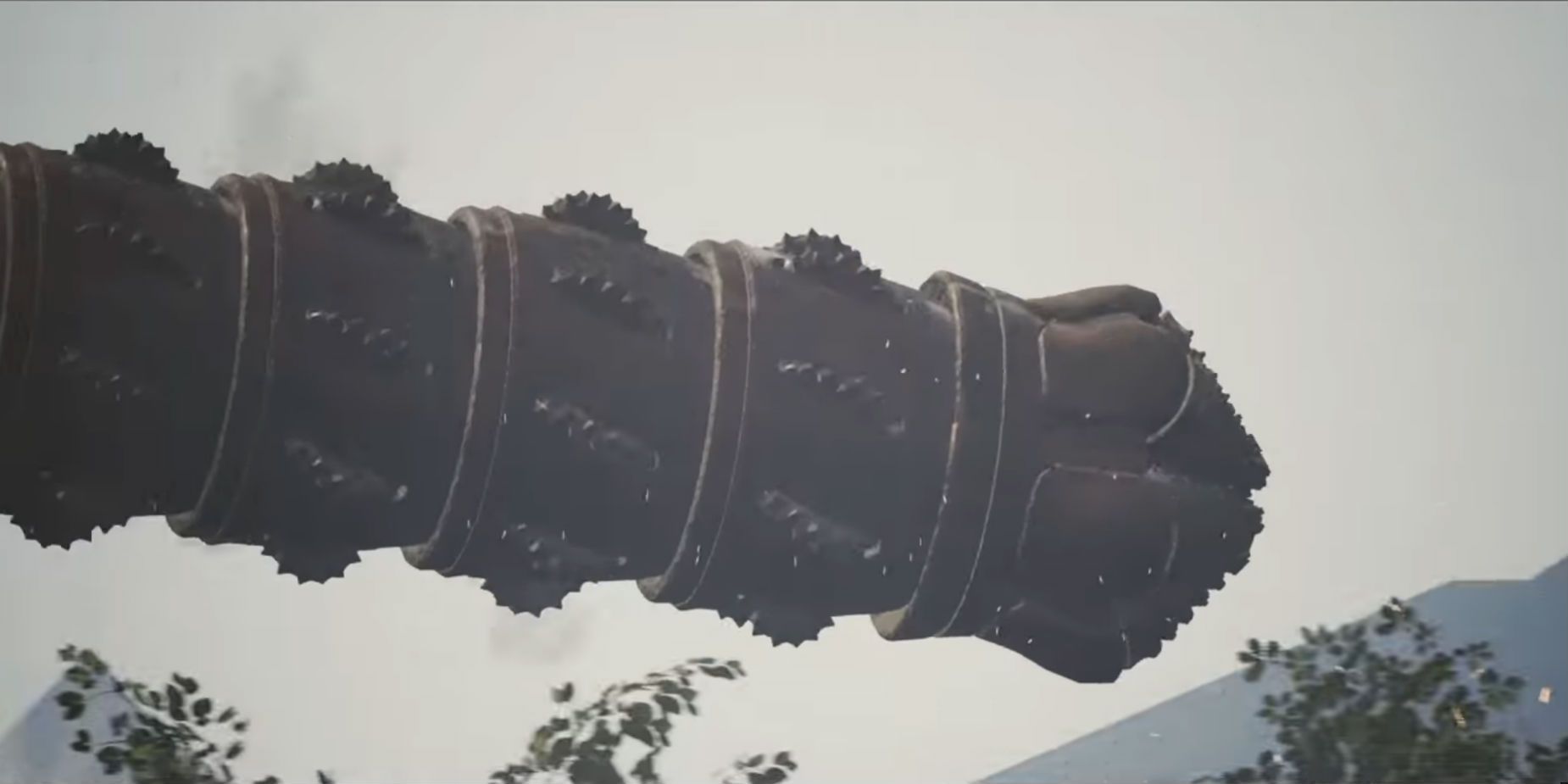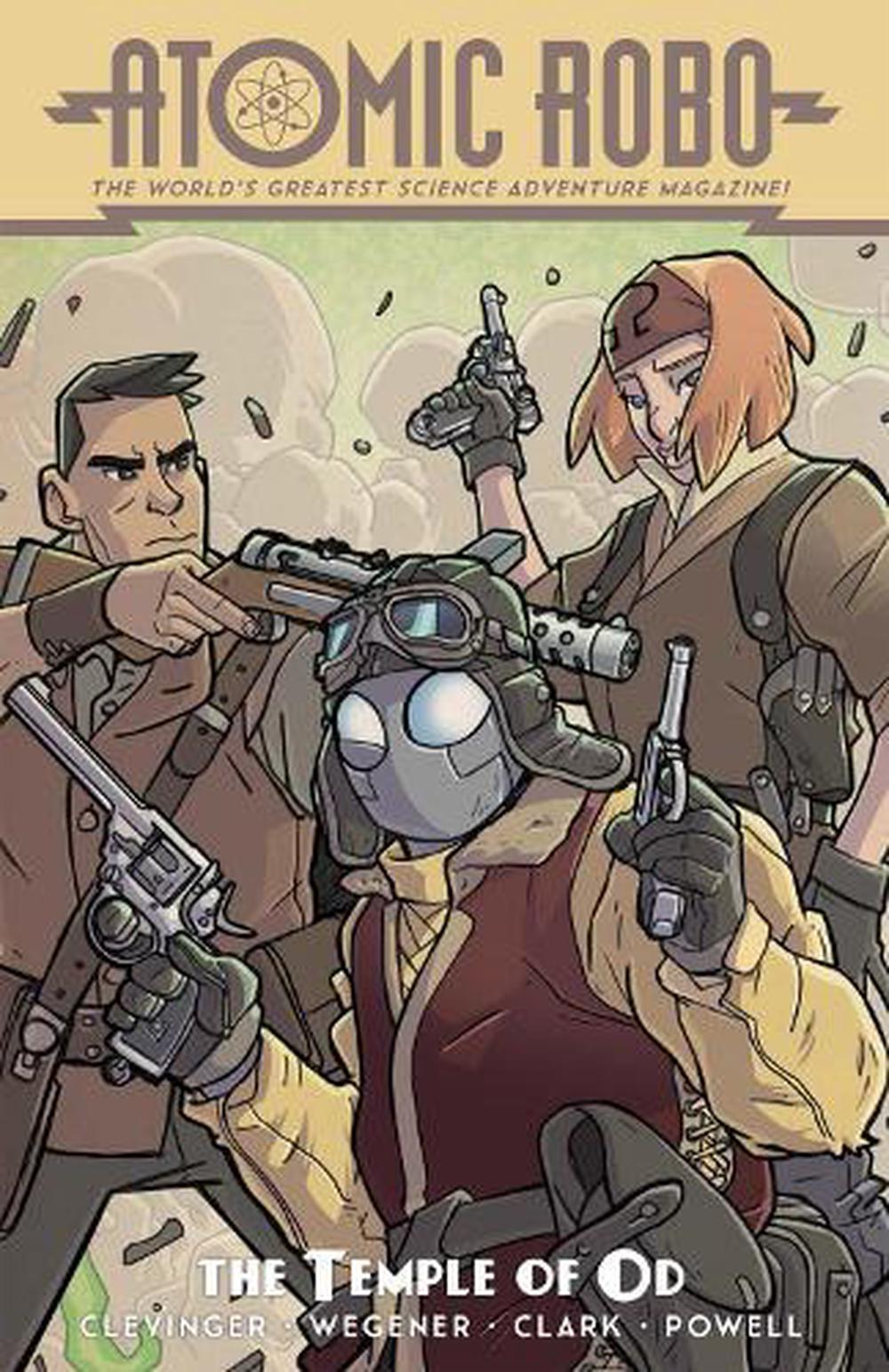

Atomic heart book Pc#
In a 2018 interview with PC Gamer (opens in new tab), Mundfish CEO Robert Bagratuni said that Atomic Heart was "conceived as an open world game," saying that the game's map is "a vast circle, the borders of which reach the Arctic in the north, Altai mountain in the south, and with plains, lakes and much more in the middle." Plant 3826 itself is spread out over the map with different area for players to tackle.Ĭombat: In Atomic Heart, you will use a mix of ranged and melee weapons to fight off enemies and bosses. You will encounter killer robots and other oddities as you fight to survive and uncover the truth. You play as Major P-3 who is sent to investigate Plant 3826, which has gone silent. Science has made huge strides, including robotics. Plot and setting: Atomic Heart is a first-person action RPG set in an alternate universe where the Soviet Union still exists. We'll break them down into their own subsections below. Due to work on other projects Roy’s already notable, but this is far more than working in the margins.Since word about Atomic Heart has made the rounds for a few years now, we have plenty of things to talk about. Even with all the options available to 21 st century comic creators, very few working in English language material experiment, or vary a style once they’ve established it. Jan’s Atomic Heart and Other Stories offers considerable rewards, and marks Roy as someone to admire. However, Roy will also surprise with his depictions of nature and landscape. The connecting point is a love of complex mechanics, be it robotic or biological and every story features a fascinating design somewhere along the way. Roy’s art switches about considerably as the format enables him to toy with styles. Should they even leave? It’s charmingly unpredictable, deliberately toying with cliché, yet always circumventing it, and unafraid to be emotional. ‘Shipwrecked with Dan the Gorilla’ began life as a 24 hour comic, and has been redrawn, but this reworking of Robinson Crusoe cultivates a wonderful pathos as the prospect of release is dangled in front of people who’ve been trapped on a remote island. What ensures the better stories are attention-grabbing is the humanity at the heart of them.

Not everything works, with some contributions mere exercises, a fight in an alien bar dropping into that category, occupying eight pages and saying almost nothing. It’s never a random placement, however, as they have to be in that precise setting for the story to work efficiently. Isolation is a recurring theme, and whether in the twist ending shorts or the longer stories, Roy ensures the characters are embedded in their environment.

The remaining content shows artistic progression and experimentation, a playful nature and a considered approach to telling a story. Roy’s influences are the European artists whose work filled Heavy Metal in the 1970s, and his loose figures and impossibly detailed mechanics provide a unique approach for the times. The art is also surprisingly mature for someone relatively young at the time. That’s good, but there’s a second twist, equally surprising, turning on what we’ve just presumed to be background information establishing a setting. So far, ‘Jan’s Atomic Heart’ is inventive without really grabbing readers, but that’s before Roy throws in a great twist inordinately complicating Jan’s life. His consciousness has been temporarily downloaded into a mechanical body while his own human variety is repaired after a car crash. Roy establishes the technology by depicting the police as robots, before Anders bumps into Jan at a diner. We’re introduced to Anders as he’s delayed for work. A storyteller’s instinct kicks in beautifully just when you begin to suspect he’s rambling. That title story showcases Roy at his best, both in writing and artistic terms, very mature considering he produced it during his first year at art college. This collects Simon Roy’s contributions to assorted anthologies along with the title story, previously issued as a separate comic.


 0 kommentar(er)
0 kommentar(er)
